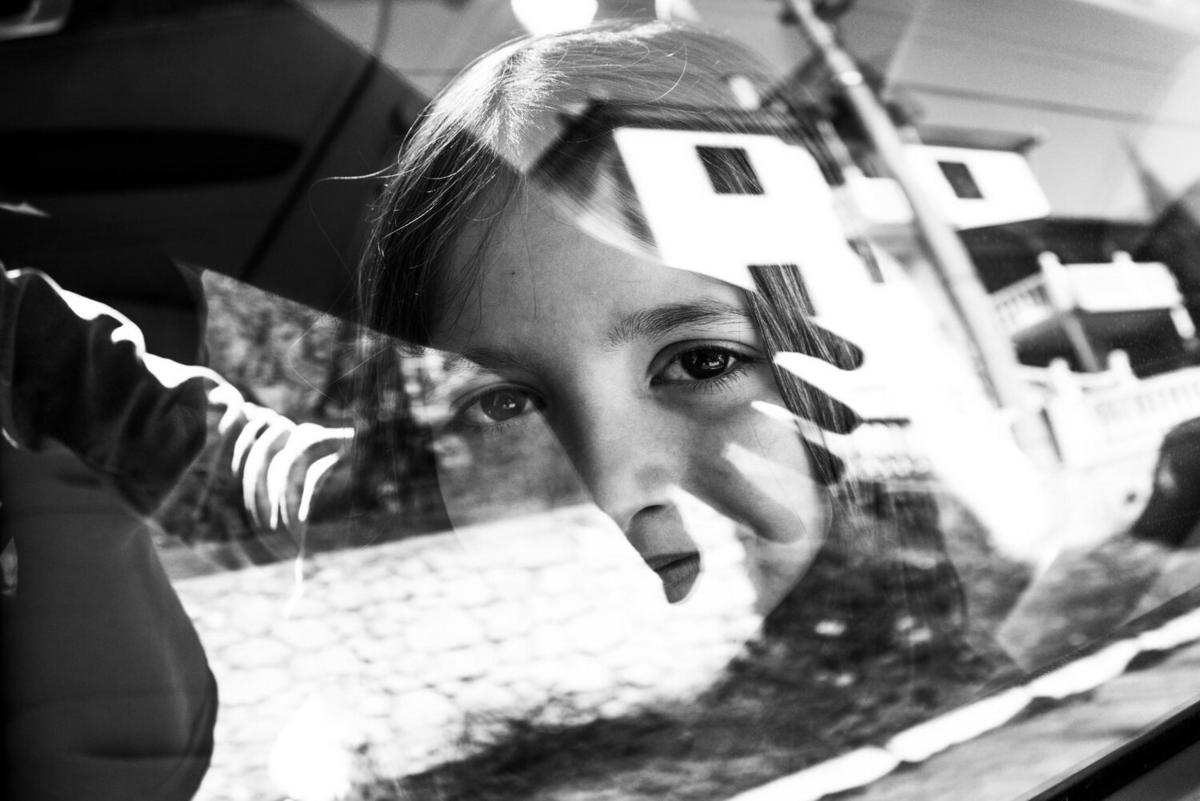
Exploring Black and White Photography: Techniques and Tips
Black and white photography, with its timeless appeal and ability to evoke emotions, continues to capture the hearts of photographers and art enthusiasts alike. This classic form of imagery strips away the distractions of color, allowing viewers to focus on composition, texture, and contrast.
Delving into the world of black and white photography offers a unique perspective on capturing images. Renowned photographer Ansel Adams once said, “When words become unclear, I shall focus with photographs. When images become inadequate, I shall be content with silence.” This sentiment highlights the profound impact that monochrome images can have.
Understanding the Essence of Black and White Photography
Black and white photography is not just about removing color; it’s about enhancing the visual storytelling through contrast and tonality. According to a study by the Royal Photographic Society, black and white images can create a stronger emotional impact than colored ones, as they draw attention to the subject’s emotions and expressions.
Techniques for Capturing Stunning Monochrome Images
- Focus on Composition: Without color, composition becomes the primary tool for storytelling. Look for strong lines, shapes, and patterns to guide the viewer’s eye.
- Utilize Contrast: Contrast plays a crucial role in monochrome photography. Experiment with high and low contrast to see how it affects the mood of your image.
- Play with Light and Shadows: Light is a powerful element in black and white photography. Use it to create depth and drama by capturing the interplay of light and shadows.
A friend of mine, Anthony, who has been capturing black and white portraits for years, emphasizes the importance of patience. He often waits for the perfect moment when light falls just right, transforming an ordinary scene into something extraordinary.
Equipment and Editing Tips
While any camera can capture black and white images, cameras with larger sensors and manual settings offer better control over exposure and depth of field. In post-processing, tools like Adobe Lightroom or Capture One provide excellent options for adjusting contrast and tonality. Experiment with different presets and filters to find the style that resonates with your artistic vision.
Examples of Iconic Black and White Photography
| Photographer | Famous Work | Genre | Year |
|---|---|---|---|
| Ansel Adams | Moonrise, Hernandez, New Mexico | Landscape | 1941 |
| Dorothea Lange | Migrant Mother | Portrait | 1936 |
| Henri Cartier-Bresson | Behind the Gare Saint-Lazare | Street Photography | 1932 |
| Robert Capa | The Falling Soldier | War Photography | 1936 |
| Vivian Maier | Chicago Street Scenes | Street Photography | 1950s-1960s |
| Gordon Parks | American Gothic | Portrait | 1942 |
| Diane Arbus | Identical Twins | Portrait | 1967 |
| Bill Brandt | London at Night | Documentary | 1940s |
Frequently Asked Questions
What is the main challenge of black and white photography?
The main challenge is learning to see the world in shades of gray, focusing on contrast, light, and texture rather than color.
Can I convert my color photos to black and white?
Yes, converting color photos to black and white can be done easily with editing software, but shooting in monochrome helps you see the final composition while taking the photo.
Exploring black and white photography can be a rewarding experience, offering a fresh perspective on how we interpret the world around us. With the right techniques and an understanding of its nuances, you can create compelling images that resonate on a deeper level. Whether you’re a seasoned photographer or just starting out, embracing this classic art form can enhance your skills and inspire creativity. For more resources, consider visiting photography blogs and forums where enthusiasts share their experiences and insights.
Remember, the key to mastering black and white photography lies in practice and experimentation. So grab your camera, step outside, and start capturing the world in shades of gray.


